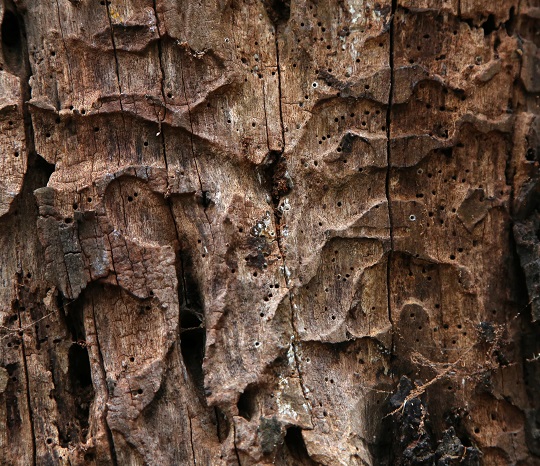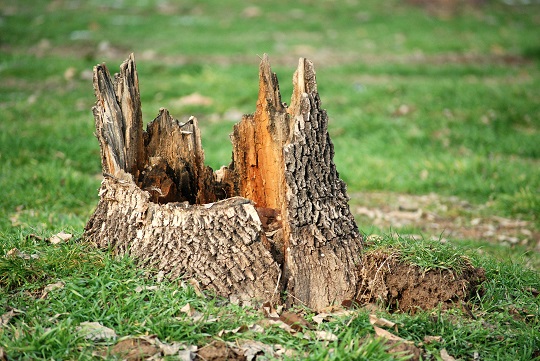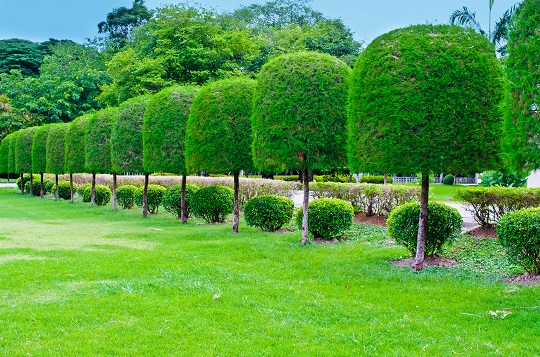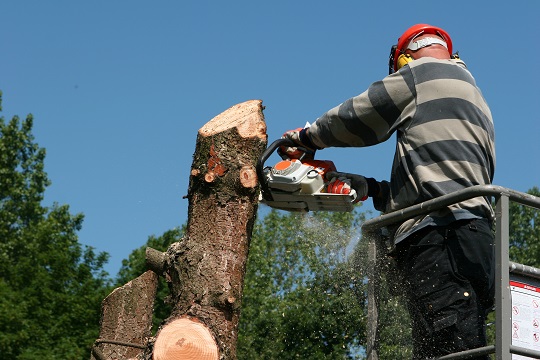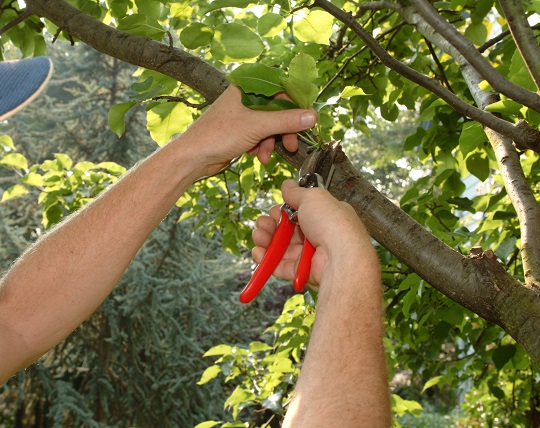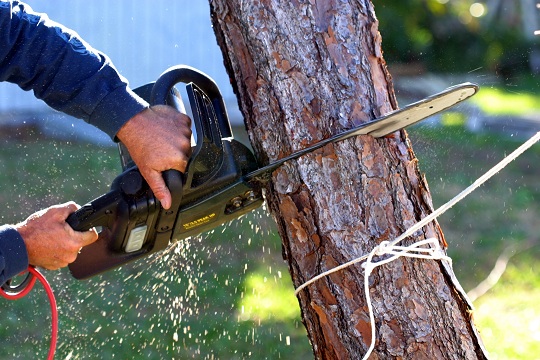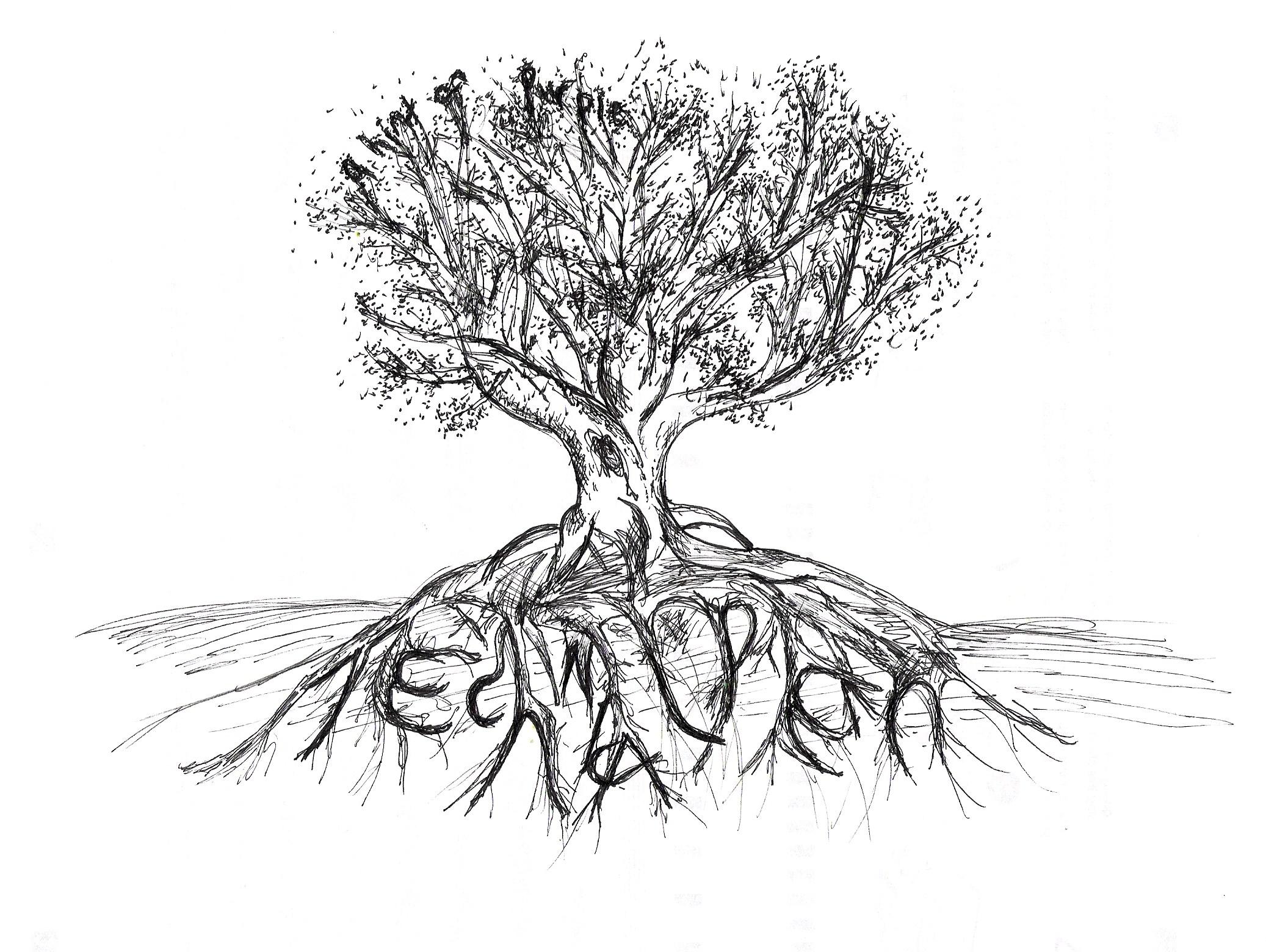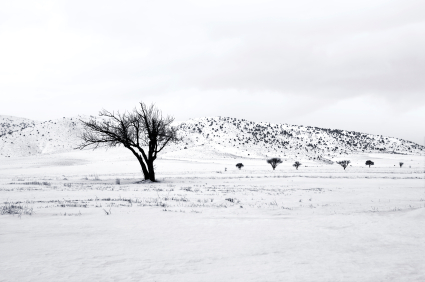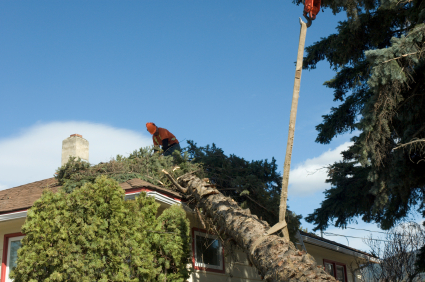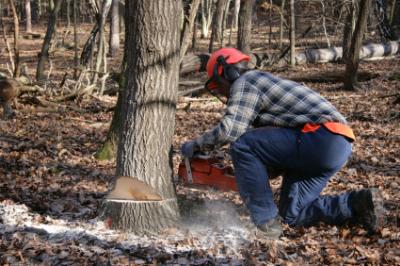Decaying trees are dangerous. The decay could be easily noticeable or hidden inside the tree. Even if you can see the decay, it is difficult to assess how extensive the decay damage is. Learn how to detect decay in trees by reading this article.
Why does a tree decay?
The decaying process begins with a wound in the bark that could be caused by a storm, a falling branch, or other damage to the tree. This exposes the tree to bacteria, fungi, insects, mosses, rain, snow, heat, and a variety of other natural factors which affect the tree’s survival. Many microorganisms and natural elements are involved in the decaying process.
Factors that Contribute to Tree Decay
Although all older trees have some decay, other factors determine the gravity of the problem.
1. The location of the decay is important. If the decay is located in a section of the tree that could easily crack, the tree is more likely to fall at any moment, which can be potentially dangerous.
2. The extent of the decay determines whether the damage is serious enough to merit tree removal.
3. The specific species of the tree is also important to note. Certain trees are more prone to getting diseases and fungi that cause decay. Tree species that are prone to decay and failure include:
-Red Maple
-Mahogany
-Pecan
-Southern Red Cedar
-Southern Red Oak
-Laurel Oak
-Chinaberry
How to Detect Decay in Trees
1. Tree decay detection can be obvious. Visually inspecting the tree can give you an idea if the tree is decaying internally. A tree with an unusually expanded base indicates lower trunk decay. Trees are generally under a lot of stress from natural elements and their own weight. If a tree is internally decaying, it cannot support itself as efficiently as a healthy tree. In order to handle natural stress, the tree trunk expands into a bulge, which makes it easy to detect decay in the tree.
2. If a tree has several dead branches, it is probably a sign that it is decaying. Cut dead branches to prevent decay from spreading.
3. Wood that is soft or crumbly is a sign of serious decay.
4. Fungal growth on the tree, such as mushrooms, brackets and conks are also signs of advanced decay.
What Are the Consequences of Tree Decay?
Decaying trees are weaker than healthy trees, and are at greater risk of spontaneously falling. Since decay diminishes a tree’s ability to withstand natural stress, it is fragile and the wood is more likely to crack. Keep yourself, others and your property safe by cutting down a decaying tree before it hurts anyone.
Remove a Decaying Tree
In order to ensure your safety, contact a professional tree removal service to help assess the extent of the decay in your tree. TalkLocal will connect you with up to three tree removal professionals in just minutes, eliminating the hassle of searching one out yourself.

